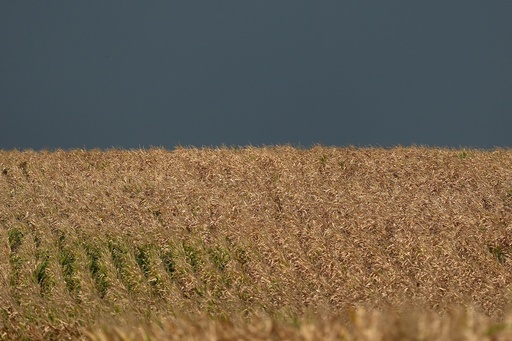Barb Boustead, a meteorologist and climatologist, recalls first hearing about “corn sweat” when she moved to Nebraska two decades ago. The term refers to the increase in humidity during late summer caused by corn plants cooling themselves. Climate change, coupled with the expansion of industrial agriculture, may be making this phenomenon more intense. Warmer temperatures, warmer nights, and increased moisture in the atmosphere are all contributing factors to the stickier conditions experienced during the summer months in the Midwest.
With the changing climate, farmers are extending the range where corn can be grown and planting more acres to meet the demand for ethanol production. This results in more corn plants pumping out humidity through evapotranspiration, adding to the already humid conditions. Dennis Todey from the U.S. Department of Agriculture’s Midwest Climate Hub explains that corn undergoes most of its evapotranspiration in July, with soybeans producing more vapor in August. The interplay between rainfall, crop types, and farming techniques also influences the intensity of corn sweat.
Lew Ziska, an environmental health sciences professor at Columbia University, affirms that warmer conditions lead to increased transpiration in plants. He links the rise in corn sweat to climate change and the growing demand for ethanol production, with over 40% of U.S. corn being used for biofuels. The surge in ethanol production, although experiencing a temporary decline during the COVID-19 pandemic, contributes to global warming emissions.
In concluding his observations, Ziska stresses the correlation between rising temperatures, increased plant water loss, and the intensification of corn sweat. The evolving climate conditions and agricultural practices are reshaping the way corn plants release moisture into the air, impacting the humidity levels in Midwestern summers. The ongoing explorations and studies in this field aim to provide a better understanding of how these factors intertwine and influence corn sweat patterns.
